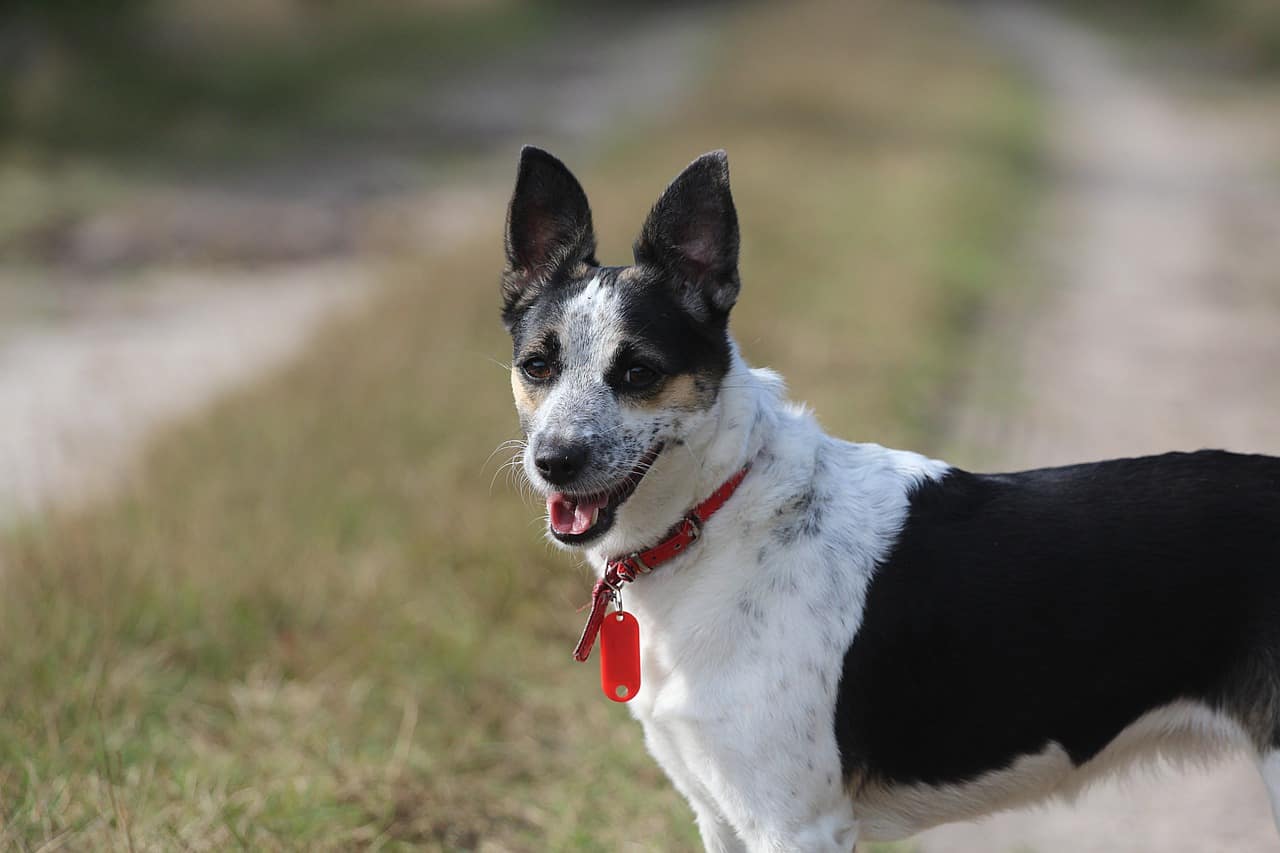

Since the Feist can suffer from allergies, try looking for allergy-prevention dog food. It’s also a good idea to divide up meals into multiple times per day. While any type of dog food should suffice, owners should make sure it contains enough protein to support a healthy and active lifestyle.

The Best Dog Food for the Feistĭepending on your dog’s size, age, and activity level, the Feist probably needs an average of 1.5 cups of dog food per day, give or take a little bit. If you have any other questions or concerns about your dog’s care, then you should talk with your veterinarian. Many aspects of the Feist’s care should be relatively straightforward and easy to handle.
FEIST DOG BREED TEMPERAMENT HOW TO
Owners should ideally have some experience or knowledge of how to handle some of this dog’s peculiarities and instincts, but this isn’t strictly required. It’s also probably not well-suited for homes with smaller pets like cats and rodents. But otherwise, it might become anxious and start exhibiting some destructive behavior. As long as it has enough mental and physical stimulation, the Feist knows how to settle down and relax. But there’s also no reason why these adaptable dogs can’t grow accustomed to urban and suburban environments, provided you’re able to give it enough exercise. Since it was originally bred for the rugged rural life, the Feist is probably best suited for farmers or outdoor types. It has the ability to form a close and lasting bond with its owner. The Feist has a spirited, fearless, and friendly personality. In summation, these are the most common problems with a Feist: You should also have regular checkups at the vet. One of the best things you can do to prevent health problems from arising in the first place is to always buy from a high-quality breeder try to avoid backyard breeders and puppy mills. Cancer is also a leading cause of death in this breed. Patellar luxation is a similar condition that affects the kneecap it too can lead to lifelong problems.

Hip or elbow dysplasia, in which the socket can become partially or fully dislocated, is a developmental disorder that affects small dogs in particular though uncommon, it can lead to pain, arthritis, and some lameness.


 0 kommentar(er)
0 kommentar(er)
